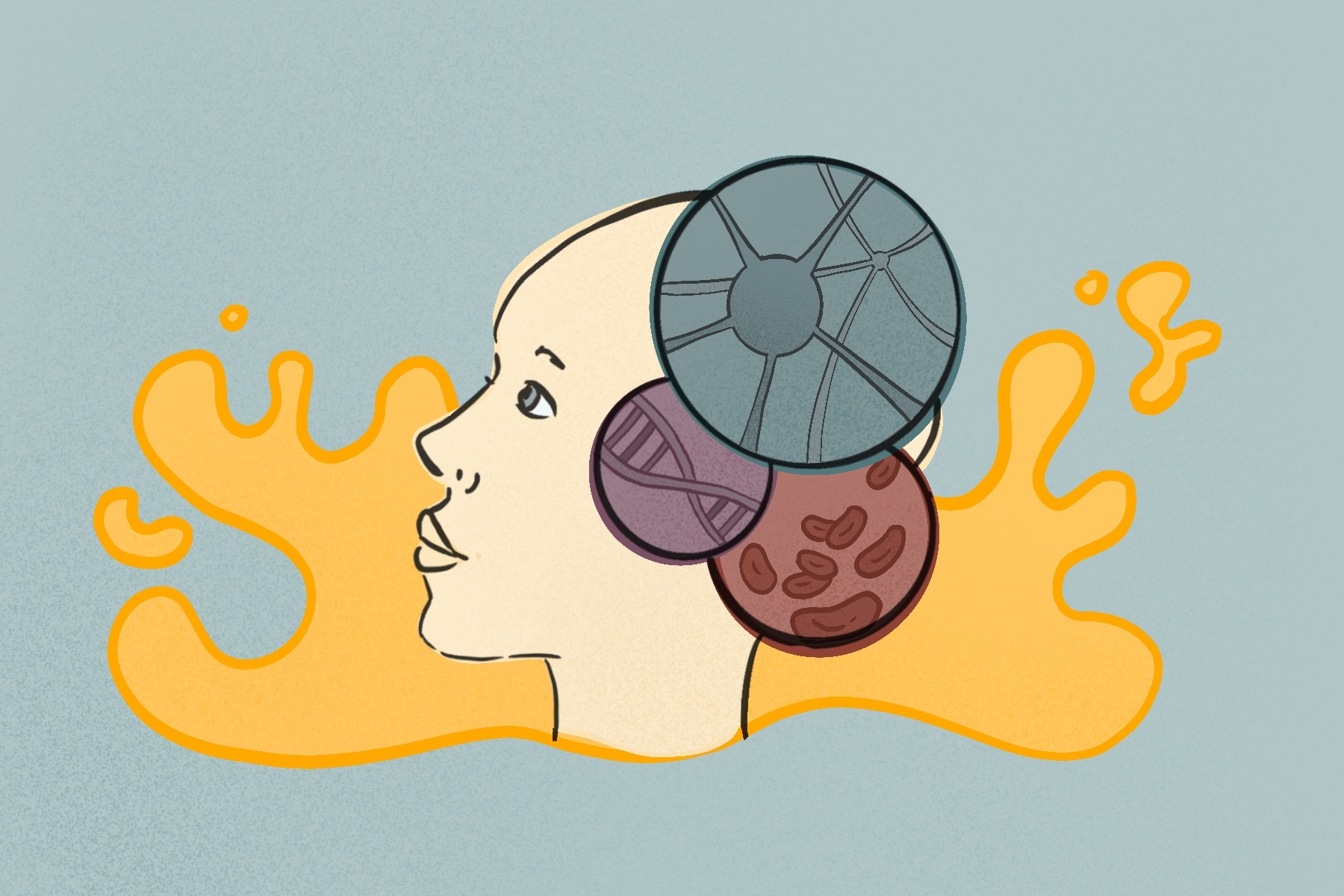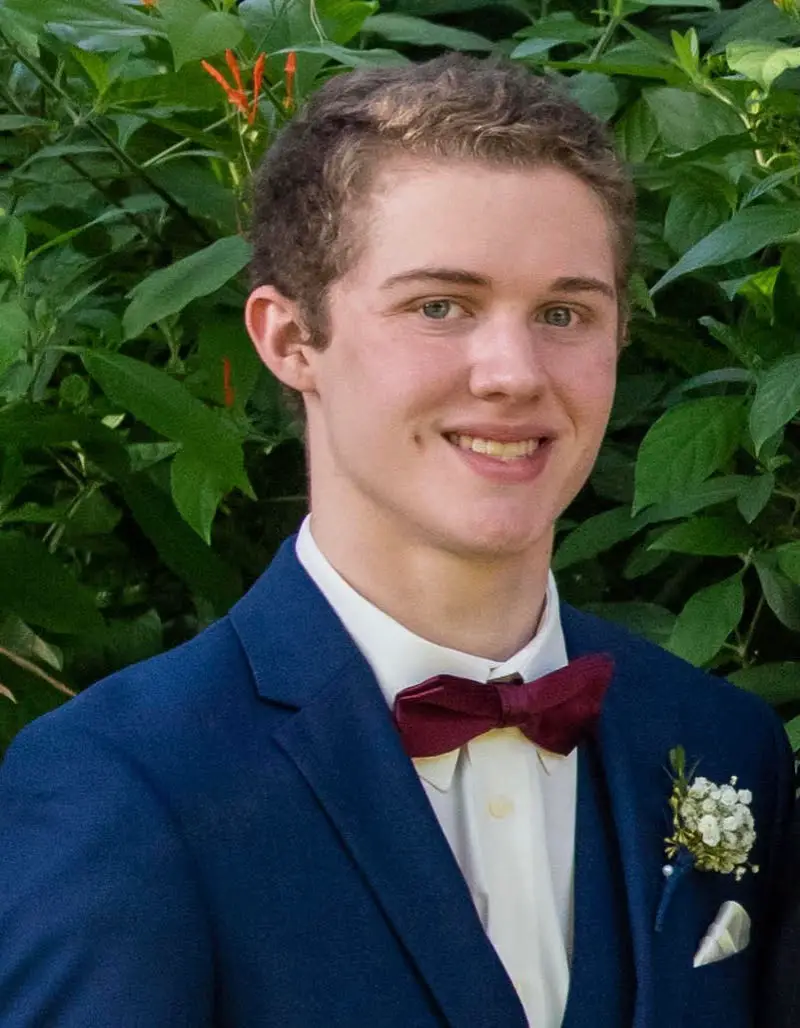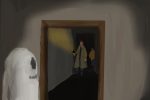In biology, each of us learned about the cells, tissues and organs that drive our daily functions. If you’re anything like me, you fought off yawns for the entirety of the class. Not to insult oxygenation or neural impulses, but the way they’re taught to the masses makes it difficult to stay focused. However incomprehensibly miraculous our biological engineering is, its formal presentation remains stale and outdated. Static diagrams and whiteboards fail to give the complexity of our fundamental processes justice. Luckily, the gradual reinvention of educational content worked to remedy this. In an era where an explanation of anything can be found on streaming services with high production values, science emerged as one of the new-age content’s greatest beneficiaries. One example of this is the new docu-series “Human: The World Within,” which hit Netflix and PBS earlier this year. With polished visuals, coherent voice-overs and slick editing, the informative show becomes both intriguing and entertaining.
When sharing a platform, informative programs and mindless entertainment must compete to retain their viewer bases, not only across episodes but over their hour runtime. Obviously, very few viewers would sit through an hour lecture when “Breaking Bad” or “The Office” are a mere two clicks away. Even so, “Human: The World Within” avoids the run-of-the-mill discourse through its basic premise. Though specific biological concepts ground each episode, they’re all connected to real-life stories that demonstrate their significance.
The PBS’ website states: “Heart, brain, eyes, blood, tears; ‘Human’ uncovers not only the science behind how our bodies work, but how what’s inside powers every moment of what we do out in the world. Personal profiles of people from around the globe become entry points into deeper stories about how the body’s many systems function.” So, while many of us probably wrote off algebra or chemistry in the past for their lack of relevance to real experiences, “Human: The World Within” actively counteracts such criticisms.
Each episode offers an in-depth explanation of how exactly the human system works. Episodes such as “React,” “Defend,” “Sense” and “Birth” incorporate fascinating stories from a diverse range of people. The first episode considers how neural impulses influence our abilities to react, whether in the heat of a fight or to the unfortunate loss of a limb.
The latter of the two takes this internal exploration a step further by explicitly connecting it to the bigger picture. In a case study of how technological advancements engage with these natural processes, Dr. Ranu Jung works to restore the sensation of touch through the bionic hand of Jason Little. The docu-series explores the science behind the technology, as well as its relation to the body’s foundational processes. But, most importantly, it’s all connected back to how it influences Little’s day-to-day.
By rehabilitating one’s ability to feel specific sensations or perform certain activities (like holding a loved one’s hand), the reach of science expands far beyond the confines of a classroom. “Human: The World Within” is about more than the technological achievement or an understanding of the microscopic. Little’s experience is not exclusive to him, nor is the potential for the technology being explored. The show incorporates a wide range of people and locations to help demonstrate its concepts. The film crew journeys across places like America, Mexico, Japan and Africa to unpack personal accounts from myriad identities. From sanitary workers in Haiti to adrenaline-seeking mountain climbers equipped with only heavy coats and ice axes, the show offers a globalized approach to understanding our internal workings. In this sense, “Human: The World Within” recognizes the sheer reach of biology’s influence across multiple landscapes and social conditions.
What makes “Human: The World Within” so captivating is how it connects us. Not all of our experiences may be shared, but our foundational systems, processes and responses characterize all of us as human, if only at the most basic levels. These equal beginnings make the personal narratives explored even more valuable to the overarching exploration of humanity. Through our shared emotions, responses to stimuli and adversity amid hardships, the series evokes a significant degree of sympathy and intrigue from viewers. What keeps a man at work as his labor slowly destroys his body? How do communities band together to improve it, and what intrinsically motivates them to do so? What generates love, compassion, fear and excitement within us? Of course, we all want these questions answered, and though the justifications the series puts forth may be lacking philosophically, each episode gets us closer to what drives us.
In a literal, almost intrusive sense, “Human: The World Within” offers viewers a magnified account of the human experience. The dull, connective tissue between people only implied in textbooks becomes a well-crafted exploration of people and avoids the series of yawns due to the series’s offbeat approach. The best parts of academic lectures and educational YouTube videos collide in a PBS broadcast that successfully services the public.
The biological phenomena responsible for our everyday functions finally get the appreciation they deserve in the series that blends science with stories. It balances the informative with the compelling in a way that few education-oriented shows do. For that, I commend it. “Human: The World Within” can be found on the PBS website’s series page and on Netflix streaming. With six hour-long episodes at your disposal, you might learn a thing or two.

















